Table of Contents
As a new or long-term pet owner, learning about illnesses that affect our pets is crucial. There are some telltale signs if you've ever noticed a sickness or skin issue with your dogs. Whining, whimpering, change in behavior, fluids, or discharge all indicate a bigger problem. According to the American Kennel Association, 1 in 5 dogs in the U.S. obtain ear infections. The dog breeds most prone to ear infections include Shar-peis, Basset Hounds, and Labradoodles.
Today, HICC PET™ offers a guide to cleaning dog ears that vary from natural remedies, dog ear cleaners and preventative treatment. Whether you use modern medicine or take the natural route, we have all the answers to help your pup in need. How to clean a dog's ears?
Common Ear Infections in Dogs and How to Treat Them
There are 3 types of dog ear infections to watch out for:
- Otitis Externa: infection and inflammation to the outside of the ear
- Otitis Media inflammation affecting the middle ear canal
- Otitis Interna: an inflammatory disease in the inner ear.
Outside ear infections are the most common for pets but can turn into inner ear infections that cause extreme pain, hearing damage, and even deafness in one or both ears. Treatment depends on the cause and type of ear infection but varies from:
- Cleaning a dog's ears at home
- Administering vet-approved antibiotics or medications
- Addressing any underlying allergies
- Removing debris from the ear
- Using a clinically approved dog ear cleaning solution
Signs That Your Dog Needs Their Ears Cleaned or Treated
Canine ear infections do not show symptoms right away. Incorporate ear cleaning in your dog's care routine or seek medical options if you notice any of these signs or symptoms:
- Frequent scratching at the ears.
- Shedding of ear wax.
- Unpleasant odors in or around the ears.
- Brown or yellowish discharge coming out of the ear.
- Visible ear redness or swelling.
- Head shaking.
- Dropping or sagging ears.
- Noticeable inflammation or puffiness in the ear canal.
- Whining or whimpering when touching the ears.
- Ear crusts or scarring.
Do I Need to Use a Dog Ear Cleaner?
We highly recommend using a veterinarian-approved dog ear cleaner for the best pet ear care. Certain cleaners have harsh ingredients like alcohol or hydrogen peroxide that cause burning, irritation, and discomfort to your dog's ear. Dog ear cleaners with antifungal and antibacterial properties effectively disinfect debris and clear out the canal. To find the best ear cleaner for your pet, research companies with a long-standing reputation for pet care or speak to your veterinarian.

Are You Supposed to Clean Your Dog's Ears Out?
The short answer is absolutely! Most dogs have an L-shaped ear design, making it easy for bacteria and dirt to collect. You do not have to clean a dog's ears every day, but be aware of removing any excess water, wax, or debris if they enjoy swimming, rolling around in the grass or dirt, or playing outdoors. The best solution is getting your dog on a skincare/ear cleaning routine that works for both of you.
Useful Tools and Supplies for Cleaning Dog Ears
How To Clean My Dog's Ears at Home?
Cleaning dogs' ears at home is a simple process. Follow the instructions below for an easy pet grooming guide and ear cleaning routine to incorporate into your dog's regular hygiene.
Materials Needed:
- Pet Ear Cleaner Solution
- Cotton Balls
- Cotton Swabs (Q-tips)
- Scissors
For our number one choice, we recommend an ear cleaning solution for dogs with a specific formula for eliminating bacteria. Pet owners can also try apple cider vinegar as home remedies for cleaning a dog's ears.
- Allow your dog to sit nicely and give them a reward treat.
- Use scissors to trim any excess hair around the ear
- Use tweezers to gently pluck hairs blocking the ear canal.
- Tilt your dog's head and gently squeeze the ear solution inside (if the bottle instructions say so). The ear rinse should come out as drops instead of a stream
- It’s if any solution leaks out. Use a dry washcloth to soak up any dripping ear cleaner.
- Soak the cotton ball in the pet ear cleaner solution for a different method.
- Rub the base (bottom of the ear) of your dog's ear and allow the solution to spread inside.
- Remember to hold the ear flap open and tilt the head down.
- Use the pet cleaner-soaked cotton ball or q-tip and gently wipe the inside of your dogs' ears, removing any visible wax or dirt.
- Do not push the cotton ball or q-tip deep into the inner ear to avoid hurting your dog. Only wipe visible areas of the ear canal.
- Use a cotton ball or q-tip to dry the excess ear cleaning solution.
- Your dog may shake its head to naturally remove any leftover rinse.
- Repeat the same process with the other ear.
How to Clean a Dog's Ear With Yeast Infection
What is this brown stuff in my dog's ears? The answer is most likely yeast. Yeast or bacterial infections can turn ear wax dark brown, black, or yellow, depending on the type of infection. If you smell an unpleasant odor with the colored discharge, it may be time to consult a vet. Your vet may prescribe antibiotics, or medicated ear wash rinse.
If the diagnosis is not severe, opt for a cost-effective dog ear cleaner to save on expenses if necessary. Some owners wonder about cleaning a dog's ears with peroxide. The answer is never to use hydrogen peroxide to remove yeast or any dog ear infection. Peroxide will only irritate the illness more. An ear cleaning solution for dogs that kills bacteria and yeast is the best option for your pup.
Benefits of Cleaning Your Dog's Ears
Whether you go the natural cleaning route or take your dog to the vet for a deeper diagnosis, there are numerous benefits to cleaning dog ears. Regularly cleaning your dog's ears reduces the amount of wax and debris build-up, lowering the chances of an ear infection.
It also helps you detect any disease signs before they worsen. Cleaning your dog's ears keeps dog coats clean, shiny, and healthy, removing sources of irritation and secondary infections. If you've ever noticed unpleasant odors from your dog, wax build-up may be the culprit. Regular ear cleanings maintain ear health, saving pet owners money on high vet bills.

How Often Should I Clean My Dog's Ears?
Owners should attempt to clean their dog's ears at least once a month. If your dog has long ears, loves to swim, or gets dirty often, switch ear cleaning to twice a month or weekly. If your dog's ears look a standard shade of pink with no odors or discharge, do not go overboard on cleaning. If you are still trying to decide the best action, consult your veterinarian about a cleaning schedule.
Can You Clean a Dog's Ears With Cotton Balls?
Yes, it is safe to use cotton balls or Q-tips to clean dogs' ears as long as you are gentle. Do not use the same cotton swabs that humans use. Use cotton swabs designed explicitly for dog ear cleaning for the safest practices. It is best to use a dog ear cleaner or pet ear rinse first and use the cotton swabs after to soak up any excess solution. HICC PET® provides pet ear rinses and cotton swabs clinically designed for infections and routine pet ear cleaning.
Dog Ear Cleaner Home Remedy
If you are looking for ways of cleaning a dog's ears naturally, look no further than apple cider vinegar (ACV). Apple cider vinegar is well-known for its antibacterial and antifungal properties, making it an effective natural remedy for cleaning a dog's ears. ACV helps reduce inflammation, and wax production inhibits bacteria or yeast growth and removes odors.
ACV also works to soothe ear itching and maintain a healthy pH balance in your dog's ear canal. Cleaning a dog's ears with apple cider vinegar is an excellent option if you are worried about using harsh or harmful products on your dog. Natural remedies do not always work as effectively as a veterinarian-approved dog ear cleaner. If you want to skip the natural remedies and go straight to the stuff that works, opt for an effective dog ear cleaner rinse.
Are Dog Ear Infections Contagious to Cats?
Dog ear infections are not contagious for cats or other household pets. Ear infections from bacteria or yeast are not as common for cats as it is for dogs. Ear mite infections are an exception, though. Ear mite infections are prevalent in cats and highly contagious to other felines. Ear infections caused by mites can spread quickly amongst pets in the home. If your cat is infected with an illness like ear mites, consult your veterinarian for the best action. You can also find pet ear rinse that fights against cat ear mites.
Is Dog Ear Cleaner Useful for Cats?
Some products are isolated for cats and dogs but not HICC PET™ products. Our dog ear cleaner rinse is useful for both cats, dogs, and other furry animals.
Eliminates Ear Infections in Cats and Dogs With HICC PET!
At HICC PET®, our team developed a one-of-a-kind ear cleaning solution for dogs and cats. We understand the importance of affordable access to pet care and solutions that actually work! Our pet wellness products guarantee long-lasting results that will bring your pets comfort, care, and sweeter cuddles. This 100% natural disinfectant gently removes wax, odors, and other harmful germs that may cause painful ear infections. Stop yeast, bacteria, ear mites, and ringworm before it starts! Subscribe to our pet tribe for helpful info on pet care and chemical-free pet wellness products.
Please note that the information provided in this article is for educational and informational purposes only. We are not veterinarians, and the content shared here should not be considered professional veterinary advice.
If you have any questions regarding copyrights or the use of materials in this article, please contact us for clarification.

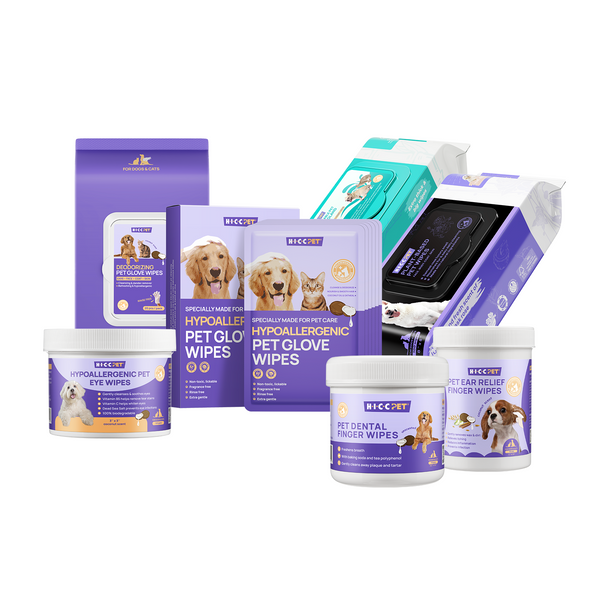

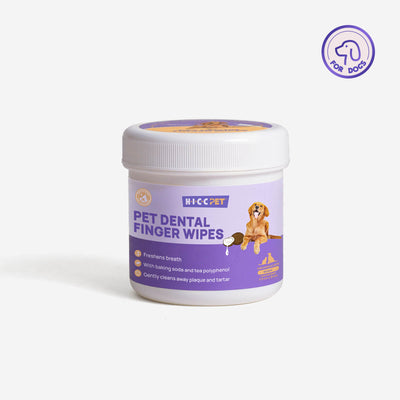
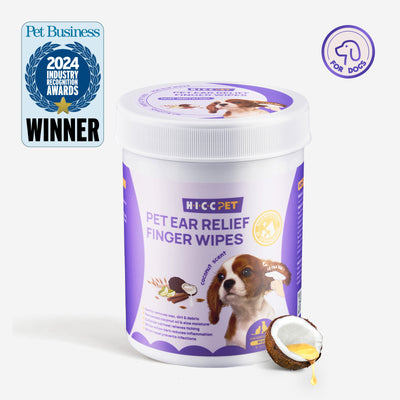
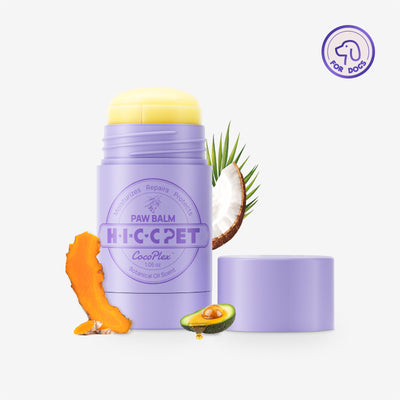
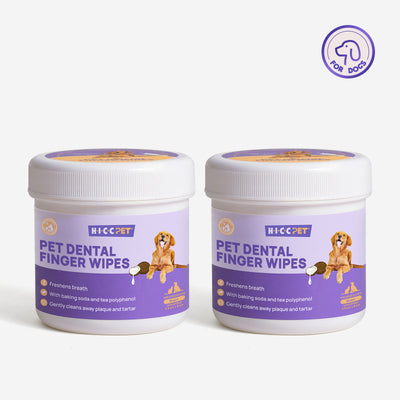
Thanks for your interaction and support.